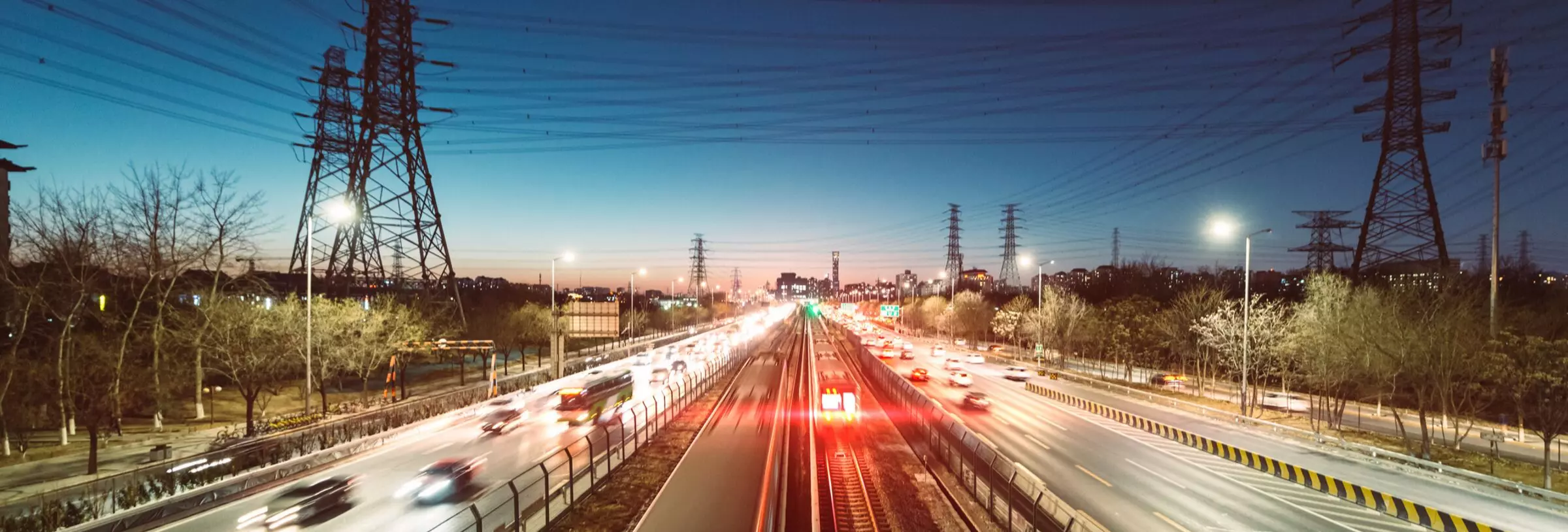
As the world continues to grapple with the devastating impacts from COVID-19, local government agencies are finding ways to help local businesses survive while still complying with the complex maze of regulatory requirements. As just one example, many cities and counties are permitting restaurants and other businesses to offer outdoor dining and other services, including granting permits to operate on the public sidewalk or in streets. However, in some cases, while those outdoor operations may benefit some businesses, other businesses are complaining about the resulting traffic impacts or lack of access to their properties. This is precisely the issue that has arisen in the City of Palm Springs, where a shopping center operator has sued the City in Federal Court, alleging that its “partial closure of a major boulevard to allow outdoor dining” amounts to an unlawful regulatory taking.
The lawsuit raises a number of issues for property owners, businesses and government entities. Can streets and sidewalks be closed or partially closed (even temporarily) to permit businesses struggling with COVID-19 compliance to offer outdoor services? While California law has offered some bright-line rules on changes in public streets, other areas are murkier (one court described the outcomes as “seemingly inconsistent and irreconcilable”). And now that property owners and businesses may sue directly in federal court for unlawful regulatory takings, there may potentially be new opportunities for recovery. The Daily Journal recently interviewed me on these issues and you can find a copy of the article here (subscription required; a summary is also on Nossaman’s website).
To provide a brief overview, each property owner abutting a public street possess an easement of access to that street; however, not every governmental interference with the right of access constitutes a taking entitling the owner to compensation, as such a rule would inhibit the need to make continual improvements to streets and live “in a modern society under modern traffic conditions.” Typically, a taking does not occur until there is a “substantial impairment of access.” California state courts have drawn some conclusions on what constitutes a substantial impairment and what does not.
Impacts Qualifying as Non-compensable
- Traffic Rerouting/Diversion: A property owner has no right to compensation because traffic is rerouted or diverted to another thoroughfare even though the value of his or her property is substantially diminished as a result. (See, e.g., Border Business Park v. Inc. v. City of San Diego (2006) 142 Cal.App.4th 1538, 1557-1558.)
- Loss of Left-Turn: Eliminating the ability of vehicles to make left-turns in and out of a property through the placement of traffic dividing strips, or painting double white lines, is generally non-compensable. (See, e.g., Holman v. State of California (1950) 97 Cal.App.2d 237, 242-243.)
- Elimination of On-Street Parking: Eliminating on-street parking in front of a property is generally not compensable. (See, e.g., Brumer v. Los Angeles County Metropolitan Transp. Auth. (1995) 36 Cal.App.4th 1738, 1748-1749.)
- Turning a Two-Way Street Into a One-Way Street: Designating a two-way street as a one-way street is generally non-compensable. (See, e.g., People v. Ayon (1960) 54 Cal.2d 217, 223.)
Impacts Qualifying as “Substantial” and Compensable
- Direct Loss of Access: A direct loss of access to an abutting street is considered a substantial impairment of access. (See, e.g., Brumer v. Los Angeles County Metropolitan Transp. Auth., supra, 36 Cal.App.4th at p. 1746.)
- Change in Highest and Best Use: A change in the highest and best use of the property as a result of the access impairment may support a finding of “substantial” impairment. (See, e.g., Goycoolea v. City of Los Angeles (1962) 207 Cal.App.2d 729, 734.)
- Preventing Access to a Particular Type of Vehicle: An impairment that would prevent or deter access to a particular type of vehicle, such as a delivery truck, may support a finding of a “substantial” impairment. (See, e.g., Goycoolea v. City of Los Angeles, supra, 207 Cal.App.2d at p. 733.)
- Loss of Frontage on Highway: changing a property’s frontage from a main highway to a service road may constitute a substantial impairment of access. (See, e.g., People v. Ricciardi (1943) 23 Cal.2d 390, 399.)
We will follow this new lawsuit closely to see how the federal court interprets regulatory takings laws pertaining to street closures and re-routing of traffic. Depending on the outcome, it could have major impacts on how cities and counties move forward with outdoor service permits that interfere with access and circulation.
- Partner
Brad Kuhn, chair of Nossaman's Eminent Domain & Inverse Condemnation Group, is a nationally-recognized leader in the areas of eminent domain/inverse condemnation, land use/zoning and other property and business disputes. Brad ...
Eminent Domain Report is a one-stop resource for everything new and noteworthy in eminent domain. We cover all aspects of eminent domain, including condemnation, inverse condemnation and regulatory takings. We also keep track of current cases, project announcements, budget issues, legislative reform efforts and report on all major eminent domain conferences and seminars in the United States.
Stay Connected
 RSS Feed
RSS Feed
Categories
- Administration
- Appraisal
- Arizona
- California
- CLIMATE CHANGE
- CONGRESS
- Construction
- Court Decisions
- Energy & Utilities
- Environmental Law
- EPA
- Events
- FAQs
- Goodwill
- GOVERNMENT ADMINISTRATION
- Inverse Condemnation & Regulatory Takings
- Land Use Planning
- Lawsuit
- New Legislation
- Possession
- Projects
- Public Agency Law
- Public Policy
- Publications
- Real Estate and Property Rights
- Redevelopment
- Regulatory Reform and Proposed Rules
- Right to Take
- Right-of-Way
- Seminars
- Speaking Engagements and Presentations
- Texas
- trial
- Valuation
- Videos
- Water
- Wildfire Management

